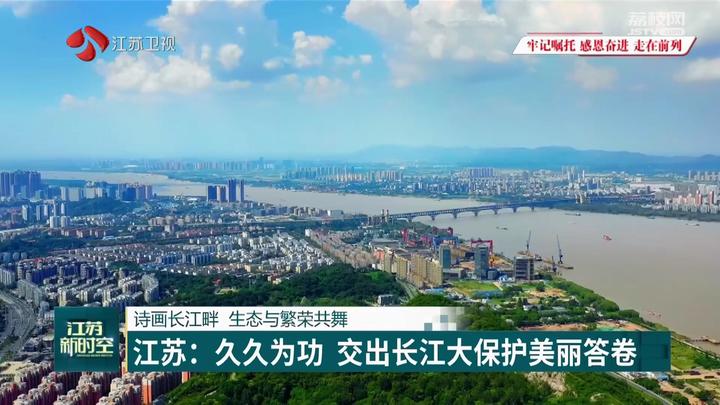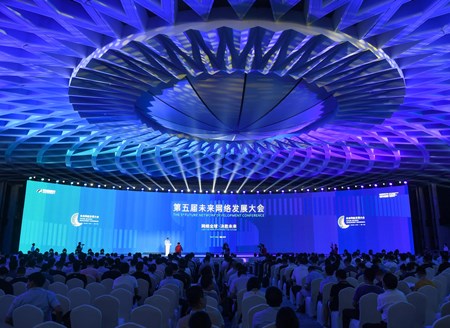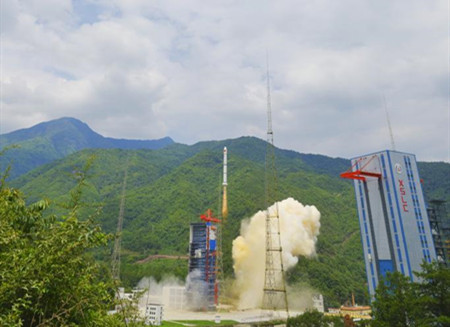East China’s Jiangsu province is fully committed to promoting ecological protection of the Yangtze River by shutting down chemical plants and restoring the ecological landscape along the river. Let’s take a close look.

The Nantong section of the Yangtze River is the last section before the Yangtze River empties into the sea, and it is also the main migration channel for important aquatic organisms in the Yangtze River. At around 9:30 am on October 10th, a scene of multiple finless porpoises paddling in the water appeared near Dongfang Wharf on the east side of the Chongming Qidong Yangtze River Bridge. Employees from nearby enterprise were thrilled to capture this scene with their cellphones.
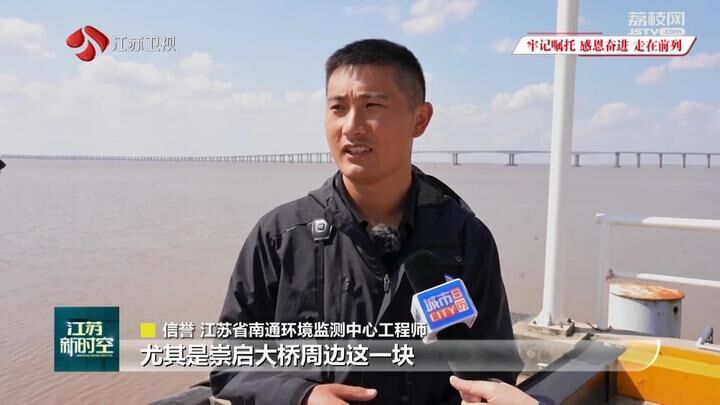
“The northern branch of the Yangtze River estuary, especially around the Chongming Qidong Yangtze River Bridge, is the place where the image of finless porpoises was first recorded in recent years. This indicates that the entire Nantong section of the Yangtze River, from the Kaisha Island section at the border of Taizhou to the estuary, is a continuous range of finless porpoises,” said Xin Yu, Engineer, Nantong Environmental Monitoring Center, Jiangsu Province.
The finless porpoise is an important indicator species for assessing the status of the Yangtze River ecosystem. Since the beginning of this year, the Nantong Environmental Monitoring Center has conducted three ship surveys by carrying out 8, 13, and 30 observations in February, May, and September. The relevant monitoring data from multiple regions also indicate that the natural population of the Yangtze River finless porpoise in the Jiangsu section is showing a stable growth trend.
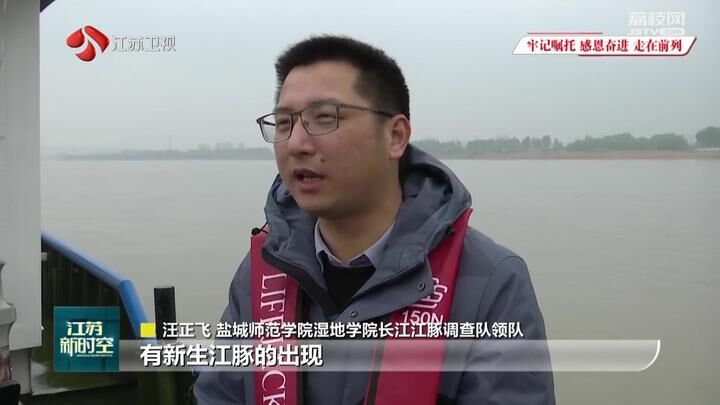
“The Jingjiang section of the Yangtze River is where we witnessed 12 finless porpoises. During the observation process, we also found mother and child groups, which indicates the emergence of newborn finless porpoises in this area. This indirectly proves the important achievements of ecological protection in the Yangtze River, and the water quality, including fishery resources, has been greatly improved,” said Wang Zhengfei, Head of Yangtze River Porpoise Investigation Team, Wetland College, Yancheng Normal University.
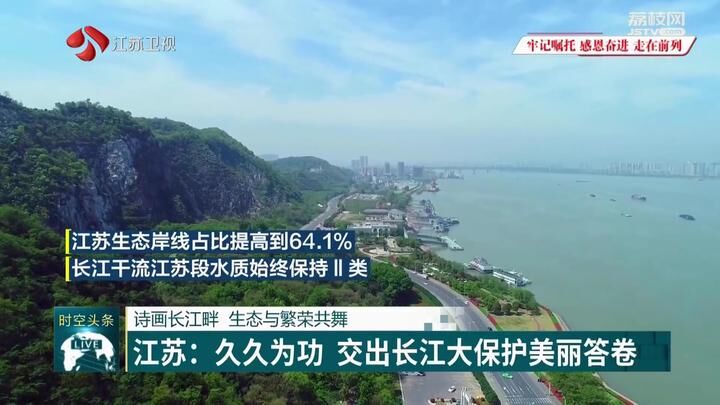
The Nantong section of the Yangtze River has therefore reproduced the delightful scene of clear water and green banks, as well as the swimming of finless porpoises, which is a vivid epitome of Jiangsu's protection of the mother river.
In the process of promoting ecological protection of the Yangtze River, Jiangsu has focused on the prominent ecological and environmental issues of the Yangtze River by issuing regulations on the prevention and control of ship pollution on the Yangtze River, promoting the 4+1 pollution control project, strengthening the ten-year fishing ban on the Yangtze River, and completing high-quality ecological restoration projects along the river.
As a result, Jiangsu has maintained class II water quality in the Jiangsu section of the main stream of the Yangtze River. At the beginning of 2017, only 48 species of fish were detected in the Jiangsu section, and by 2022, 76 species were detected. National key protected wild animals such as Chinese sturgeon and rouge fish have reappeared in the lower reaches of the Yangtze River, marking a turning point in the ecological environment protection of the Yangtze River Economic Belt.
Over the past decade, Jiangsu has made every effort to promote the relocation of polluting enterprises along the Yangtze River coastline by closing over 4900 chemical plants and withdrawing 81 kilometers from the Yangtze River production coastline. Meanwhile, industries such as electronic information and bio-pharmaceuticals are thriving in cities along the Yangtze River.
The Jiangnan Intelligent Manufacturing Industrial Park, located in the county-level city of Zhangjiagang, was formerly known as the Chemical Industry Park. In 2017, it was the first to be integrated and closed in the province. In 2019, the city used the vacated land to build a new materials park.
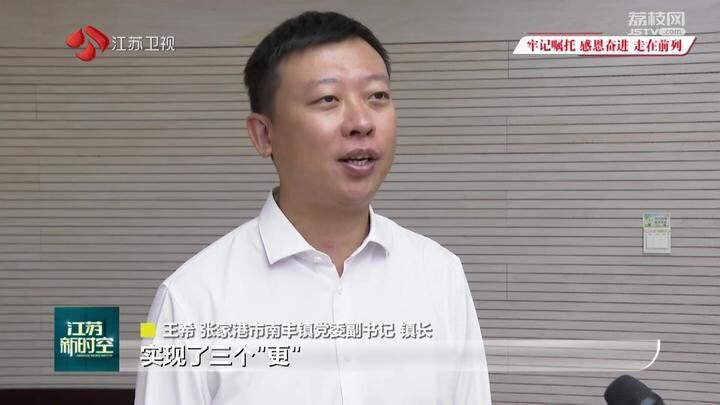
“Since the closure of the original Dongsha Chemical Industry Park, we have ensured a better industrial structure and vigorously developed industries such as intelligent manufacturing and emerging materials. Our production capacity output has been stronger by freeing up more than 2400 mu of industrial land. Compared to the original chemical enterprises, the average investment per mu of newly settled enterprises has increased by about four times. The improvement of ecological environment has effectively promoted the "improvement of quality and efficiency" of environmental quality,” Wang Xi, Deputy Secretary of the Party Committee and Mayor of Nanfeng Town, Zhangjiagang City, said.
